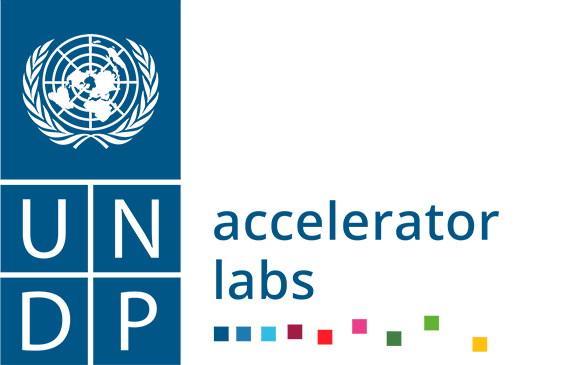How to use this toolkit
Architecture
We use the metaphor of the toolkit to emphasize the operational, enabling nature of the work you are reading right now.
- The Toolkit is a set of resources and their documentation materials meant to help people and organizations who want to support innovation ecosystems.
- The toolkit contains tools. Each tool consists of one or more resources, documented in a page of this website.
- A resource is a document that can be re-used, in part or as a whole. Examples are talking points or slide decks to argue for supporting innovation ecosystems; workplans and lists of deliverables to achieve operational status for a government innovation unit; agendas for workshops meant to socialize key concepts around innovation with senior civil servants; curricula for courses on key skills useful to employees of an innovation unit. Resources are accessible via live links from the factsheets, with a UNDP corporate login.
- Website pages contain resources metadata, accessible to everyone. Each page is dedicated to one tool, and explains what the tool is good for; what it is not good for; the context in which it was produced; how much money and time you will need to deploy it, and so on. You will also find a reference to the person or people who created the resource in the first place.
Using this toolkit in four easy steps
1. Decide what you want to do and browse the catalogue
The tools in this kit are labelled according to function, with names like “How to map the innovation ecosystem” and “How to take a newly created innovation unit to fully operational status”. They are sorted into into four main categories, based on the requests that UNDP’s government partners have brought to the Accelerator Labs in the period 2019-2022. Tools within the same category combine naturally. The navigation bar on the left of the screen acts as a catalogue: browse it and navigate to any tool you like.
2. Read the description from this website
Each tool’s website page contains information you can use to decide if that tool is useful to you after all. Is it function aligned with your own purpose? Is it compatible with your time and money budget? Did its deployment run into problems, and how were they addressed? And so on.
3. Read and reuse the resources
If the description of the tool looks interesting, you can move on to the resource itself. This might be a slightly harder read (it was not written with your case in mind!), and almost certainly you will need to make changes to it. Hopefully that still saves you time and effort with respect to starting from scratch. In the prototype version, you will need a undp.org email address to access resources.
4. Ask for support
All resources have a lead author, or “focal point”. The ethos of UNDP’s Accelerator Labs and Chief Digital Office is one of sharing knowledge, so you can reach out to the focal point if you need more information and support.
